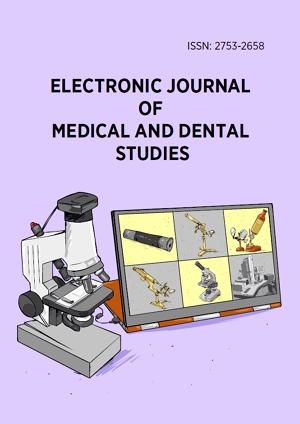Abstract
Adult onset Still disease (AOSD) is a rare systemic auto inflammatory disease of unknown origin. It is characterized by its clinical and biological polymorphism. Eliminating differential diagnoses is one of the most important steps when the diagnosis of adult Still’s disease is suggested, given the absence of clinical or laboratory signs to support the diagnosis; adult Still’s disease is a so-called “diagnosis of exclusion”. We conducted a retrospective study to describe clinical and laboratory features, treatment, course, and complications of AOSD in 65 Tunisian patients and to compare them to the literature. All patients responded to Yamaguchi criteria. There were 52% women (80%) and 13 men (20%). The mean age at diagnosis were 36.5 years old (range: 16-70 years). Fever was constant, associated with an altered general condition in 27 patients (41.5%). The other signs were polyarthritis (63.8%), skin involvement (83.1%) with a typic rash in 66.3%, throat sore (33.8%), lymphadenopathy (31.3%), splenomegaly (25%), hepatic involvement (50%) and pericarditis (18.5%). The inflammatory biological syndrome was constant. Leukocytosis greater than 10,000 Elt/mm³ was described in 87.3% of cases with polynuclear neutrophil > 80% in 63.6%. Hyperserotonemia was observed in 56 patients (96.5%). Treatment was based on corticosteroids, as a first line treatment, and methotrexate as a second line treatment. In terms of disease course, 68.3% of cases evolved to the systemic form and 31.7% of them to the chronic articular form. AOSD is a relatively benign disease. It can be life-threatening due to its severe systemic damage and functionally damaging due to its destructive joint damage.
License
This is an open access article distributed under the Creative Commons Attribution License which permits unrestricted use, distribution, and reproduction in any medium, provided the original work is properly cited.
Article Type: Original Article
ELECTR J MED DENT STUD, Volume 14, Issue 1, 2025, Article No: em0109
https://doi.org/10.29333/ejmds/16004
Publication date: 19 Feb 2025
Article Views: 1151
Article Downloads: 624
Open Access References How to cite this article
 Full Text (PDF)
Full Text (PDF)